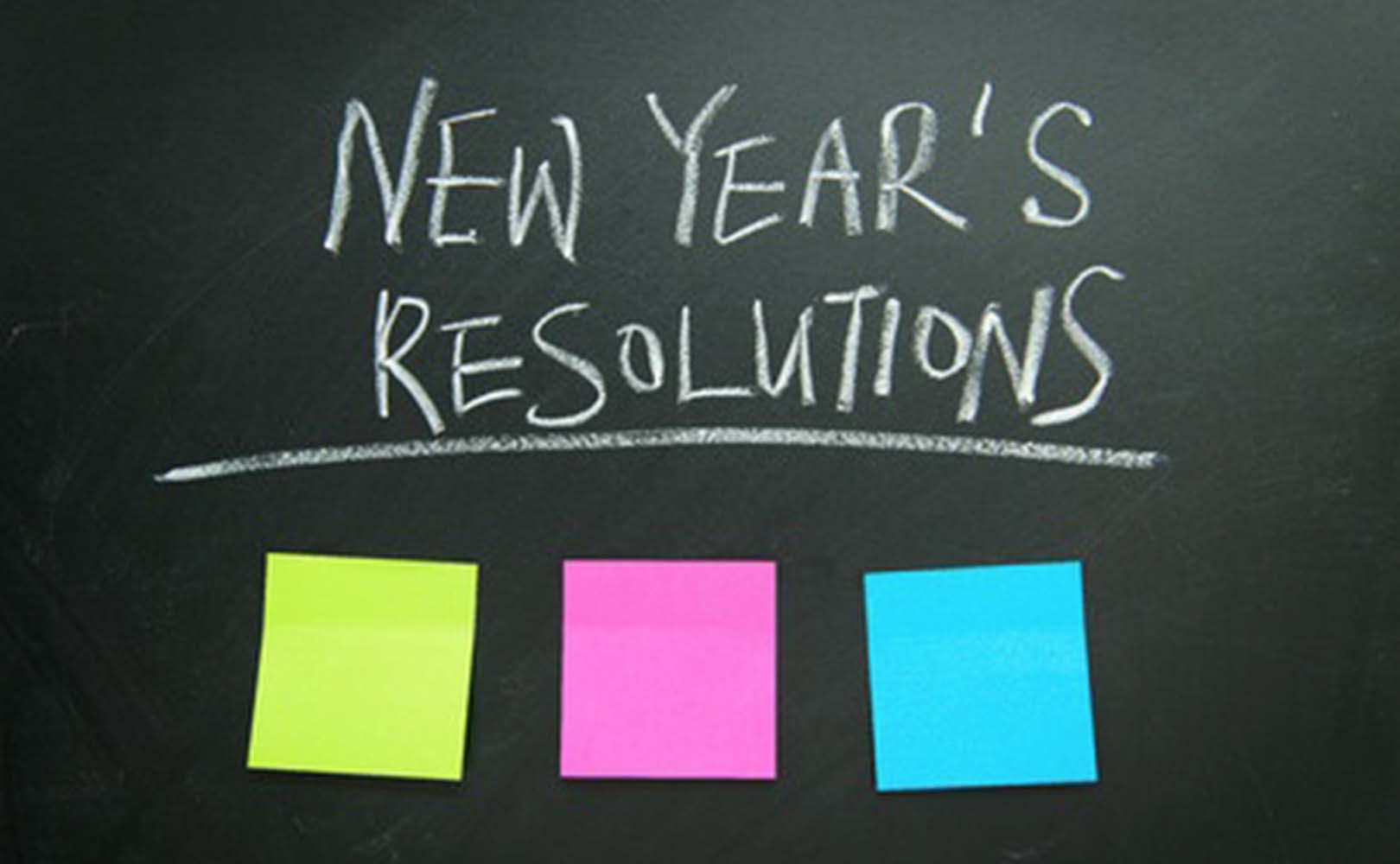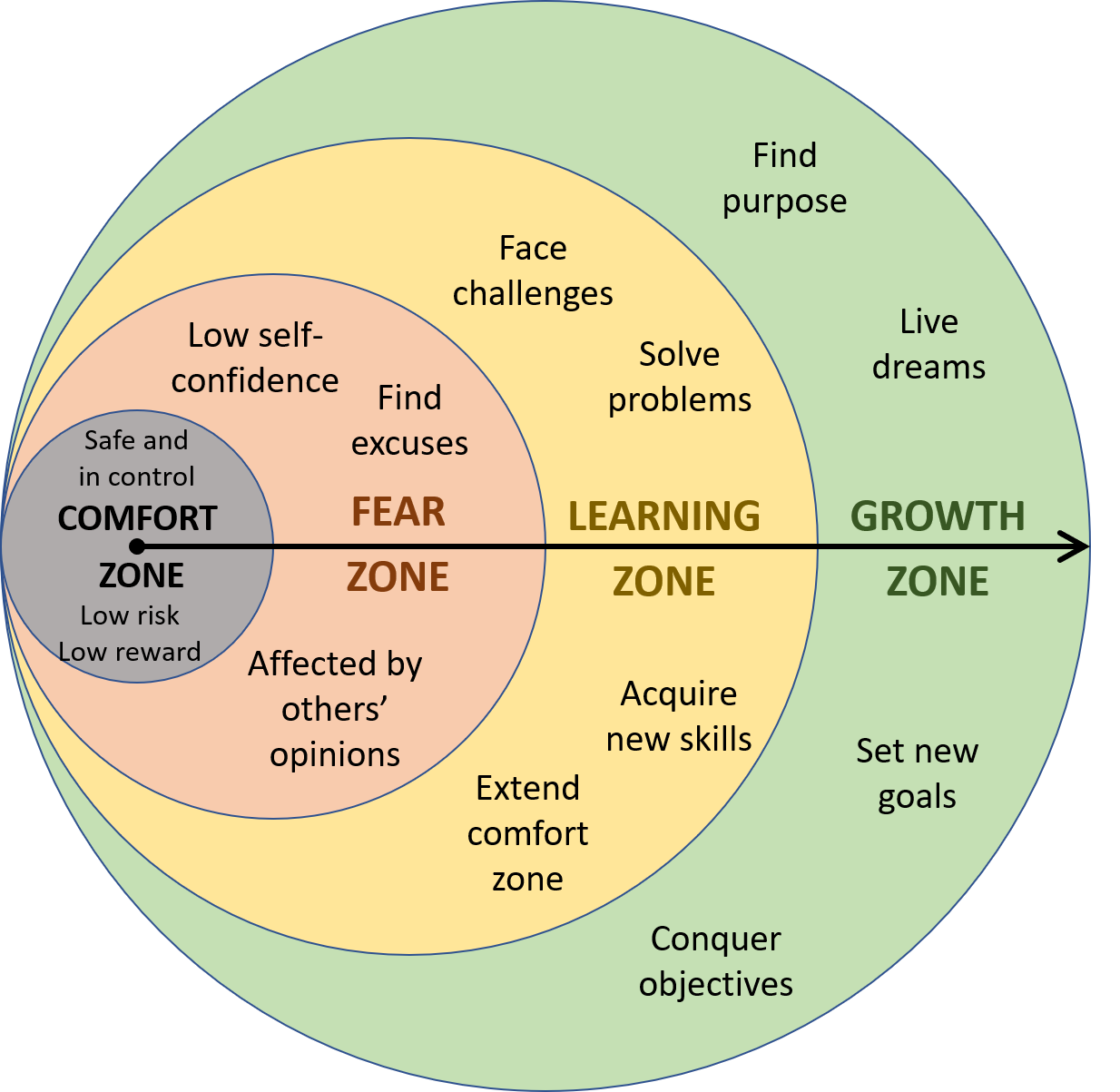By Dr. Elia Gourgouris and Kon Apostolopoulos

80%
4 out of 5
These are the staggering numbers of well-intentioned but failed resolutions and goals, according to a U.S. News & World Report. Each year we use the new trip around the sun to reset our priorities and focus. And each year we are convinced that THIS IS THE YEAR! So why is it that by February the overwhelming majority have already given up on their dream and returned to “business as usual” with a deep sigh and an “Oh well, maybe next year”?
When we explore the change process, and especially the process for lasting and meaningful change, we can see there are simple steps we can take to make it happen. Transitioning from what is comfortable to what we truly want and need, requires us to get beyond our fears and insecurities, and into a place where we can learn and grow.
The 80% allow fear and inertia to ground them and they never achieve lift off towards achieving their goals. Using the following model, we’ll explore more of what happens along this journey.

The Comfort Zone
It’s human nature to want to stay within our Comfort Zone. We’re creatures of habit. It’s familiar, it’s safe, and we feel in control. It’s low risk, but it’s also low reward. Complacency sets in and boredom rules! We like this familiarity and may even fight to maintain it. However, life doesn’t stand still. Whether from internal and/or external drivers, things change. We have a health scare (internal), lose our job (external), or welcome a new baby (both internal and external), and we are thrust out of our comfort zone!
The Fear Zone
So now we are in unfamiliar territory. Fear starts settling in and we second-guess our choices. We may realize our confidence is low and the doubting voices get louder. Sometimes we hear the voices of others (the Doubters), but often it is our own Inner Critic that paralyzes us.
Forget the gym, let’s go grab a beer.”
Are you really going to do that?
That just seems too hard…
I can’t afford that!
That’s not really my strength
Better the devil I know
The Learning Zone
If we can silence the (inner and outer) critics and get past the fear, then we enter the Learning Zone. This doesn’t mean we will no longer face challenges. It means we’re finding ways to solve the problems and issues we encounter. We are using what we already know coupled with newly acquired skills to solve these new challenges. We’re transforming from our “glass-half-empty” (pessimist) perspective to a “glass-half-full” (optimist) perspective, which enable us to grow.
A pessimist sees the difficulty in every opportunity; an optimist sees the opportunity in every difficulty.
Sir Winston Churchill
The Growth Zone
We know we’ve arrived when we’ve overcome the challenges and conquered our objectives. We now begin to live our life with purpose and passion. We feel in line with our inner most compass, pointing to our True North. We’re engaging in meaningful work – the kind we would do even without pay!
A mind that is stretched by a new experience can never go back to its old dimensions.
Oliver Wendell Holmes Jr.
As we move through the Growth Zone, we’re also expanding our Comfort Zone. The circle is now bigger, and our new reality is our new starting point – a newly formed Comfort Zone. Where will the next evolution take us as we set new goals for the future? Our confidence and success allow us to dream bigger, but will we get complacent again in our (new) Comfort Zone?
Looking at the numbers (again)
As noted in the beginning, 80% of people fail their New Year’s resolutions by February as they never get beyond the Comfort and Fear Zones. The same studies note that only 8% achieve their goals by the end of the year – get to the Growth Zone. That leaves 12% in the Learning Zone. Is this a total loss? Not at all. By achieving more than 80% of those around us, we are learning what works and what doesn’t. We are gaining valuable insights and experience. To make that final leap to the Growth Zone, can we create new and better habits by doing what works consistently? That may be the small thing that makes a big difference.
In part 2, we will take a deeper look into why things fall apart and explore ways to overcome those obstacles to the change we want to see. Join us for the next step in this journey!


